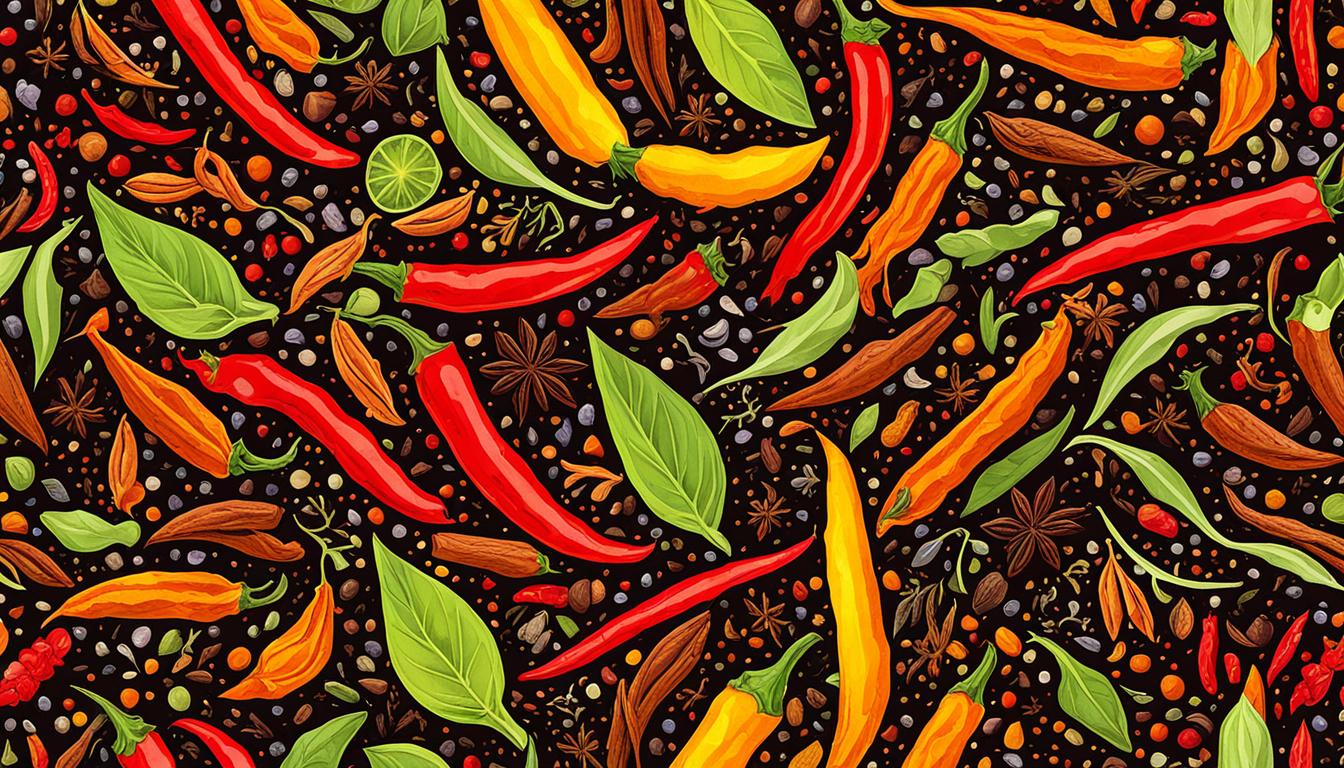How Popular Is Ethiopian Food?
When it comes to exploring new cuisines, American food enthusiasts are always on the lookout for exciting flavors and culinary experiences. While many are familiar with international favorites like Italian, Chinese, and Mexican dishes, there is a lesser-known gem that has been steadily gaining popularity – Ethiopian food.
But just how popular is Ethiopian cuisine in America? Is it a hidden culinary treasure waiting to be discovered, or has it already captured the hearts and taste buds of people nationwide? Let’s delve into the world of Ethiopian food and uncover the truth.
Ethiopian Cuisine: A Flavorful Journey
Ethiopian food is a delightful culinary adventure that entices the senses with its vibrant flavors and distinctive characteristics. From the moment you take your first bite, you embark on a flavor-filled journey like no other. In this section, we will explore the traditional Ethiopian dishes, rich Ethiopian flavors, and the key ingredients that make this cuisine truly special.
Traditional Ethiopian Dishes
One of the hallmark elements of Ethiopian cuisine is injera, a sourdough flatbread that serves as the foundation for many dishes. Made from teff, a highly nutritious grain, injera has a unique texture and tangy flavor. Its spongy nature makes it perfect for scooping up a medley of flavorful stews and sauces. Some popular dishes that are enjoyed with injera include Doro Wat (spicy chicken stew) and Kitfo (minced raw beef seasoned with spices).
The Flavors of Ethiopia
Ethiopian flavors are a delightful fusion of spices and aromatics that create a truly unique taste experience. A key spice in Ethiopian cuisine is berbere. This fiery blend is made from a combination of chili peppers, garlic, ginger, and a variety of herbs and spices. It adds a warm, smoky, and complex flavor profile to many dishes. The use of spices such as cumin, coriander, turmeric, and cinnamon also adds depth and complexity to Ethiopian flavors, making every bite a journey of taste sensations.
Ethiopian cuisine is also known for its use of aromatic herbs like Ethiopian basil, rosemary, and thyme, which infuse dishes with their distinct fragrances. Together with the spices, these herbs contribute to the unique and enticing flavors that make Ethiopian food so special.
So, if you are ready to embark on a culinary adventure, prepare your taste buds for the rich and diverse flavors of Ethiopian cuisine. From the tanginess of injera to the spiciness of berbere, each dish tells a story and delights the palate in its own way. Join us as we explore the Ethiopian food scene and discover the vibrant flavors that have captured the hearts and taste buds of Americans nationwide.
Exploring Ethiopian Restaurants Across the US
If you find yourself craving the vibrant flavors of Ethiopian cuisine, you’re in luck. Ethiopian restaurants have been steadily making their mark across the United States, offering a delightful journey into the rich culinary traditions of Ethiopia.
From bustling metropolises to charming neighborhoods, Ethiopian restaurants can be found in major cities throughout the country. These establishments have become a hub for food enthusiasts looking to indulge in the unique and flavorful dishes that Ethiopian cuisine has to offer.
One of the reasons behind the increasing popularity of Ethiopian restaurants in America is the growing appreciation for exotic flavors and diverse culinary experiences. Ethiopian cuisine stands out with its bold spices, aromatic herbs, and skillful use of traditional cooking techniques.
Moreover, Ethiopian food is known for its communal dining style, where friends and family gather around a large platter to enjoy a variety of dishes served on injera, a spongy and tangy Ethiopian flatbread. This cultural aspect adds an extra layer of warmth and connection to the dining experience.
The Ethiopian food scene in the US is a testament to the country’s rich culinary heritage and its ability to captivate the taste buds of people from different walks of life. From classic dishes like doro wat, a spicy chicken stew, to vegetarian-friendly options like misir wat, a flavorful lentil dish, Ethiopian restaurants offer a diverse menu that caters to various dietary preferences.
These establishments also provide an opportunity for customers to explore Ethiopian culture and traditions. Many Ethiopian restaurants feature traditional decor and artwork, creating an immersive ambiance that transports diners to Ethiopia without leaving the country.
Whether you’re an adventurous food lover or simply seeking a new culinary experience, Ethiopian restaurants in America offer a delightful journey into the vibrant and flavorful world of Ethiopian cuisine.
Ethiopian Food in American Culture
When it comes to experiencing diverse cultures through food, Ethiopian cuisine offers a truly unique and immersive experience. The flavors, traditions, and communal dining style of Ethiopian food have seamlessly integrated into American culture, making it a beloved choice for food enthusiasts nationwide.
At the heart of Ethiopian cuisine is the concept of sharing and community. Meals are typically served on a large platter lined with injera, a sourdough flatbread with a slightly tangy flavor. Diners gather around the platter and use torn pieces of injera to scoop up various dishes, creating a communal and interactive dining experience.
Ethiopian-American communities across the United States have played a significant role in preserving and promoting Ethiopian food and culture. These communities serve as cultural hubs where people can partake in traditional Ethiopian dishes and connect with their heritage.
Embracing Ethiopian Food Festivals
One way Ethiopian cuisine is celebrated in American culture is through food festivals and events. Ethiopian food festivals provide a platform to showcase the rich flavors and diverse dishes of the Ethiopian culinary tradition. These festivals often feature live music, dance performances, and of course, a wide array of authentic Ethiopian dishes.
Attendees have the opportunity to savor the delicacies of Ethiopian cuisine, explore diverse flavors, and learn about the history and traditions behind each dish. These festivals not only offer an opportunity for food enthusiasts to indulge their taste buds but also celebrate the vibrant Ethiopian culture and foster a sense of inclusivity and unity within the community.

Ethiopian food festivals bring people from different backgrounds together, fostering a spirit of cultural exchange and appreciation. They serve as platforms where individuals can learn, connect, and celebrate the rich heritage of Ethiopian cuisine.
In the next section, we will summarize our findings and explore the potential for further growth and recognition of Ethiopian cuisine in the United States.
Conclusion
In conclusion, our exploration of the popularity of Ethiopian food in the United States has revealed a thriving and growing appreciation for this unique cuisine. Ethiopian flavors, such as the traditional injera and the aromatic berbere spice, have captivated the palates of many Americans, contributing to the widespread appeal of Ethiopian food.
Furthermore, the presence of Ethiopian restaurants across the country has played a significant role in spreading awareness and access to this culinary delight. From bustling cities to smaller towns, the vibrant Ethiopian food scene has found its place in American culture, offering not only a delicious dining experience but also a connection to the Ethiopian-American communities that celebrate their heritage through food.
Looking ahead, there is immense potential for further growth and recognition of Ethiopian cuisine in the United States. As more people discover the flavors and distinctive qualities of Ethiopian food, we can expect a rise in its popularity and integration into the mainstream culinary landscape. With its rich culinary traditions and passionate food enthusiasts, Ethiopian cuisine is poised to make an even greater impact in the future.







